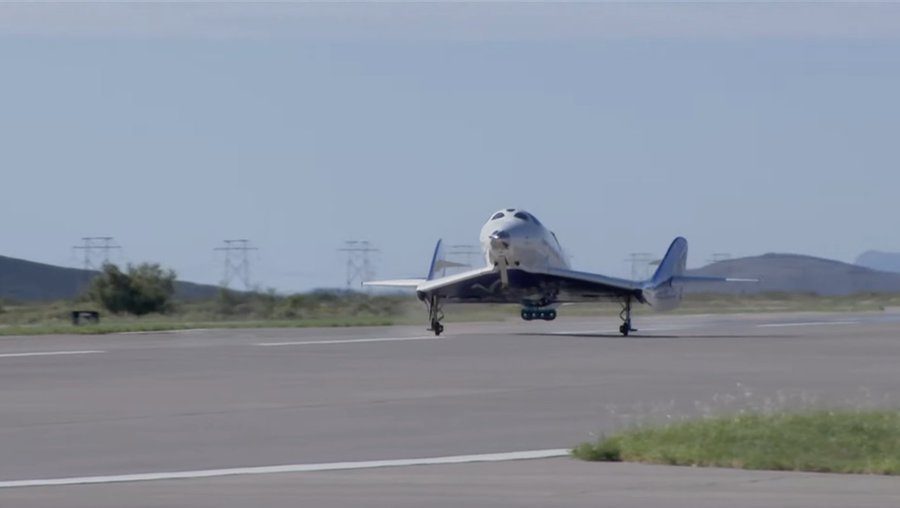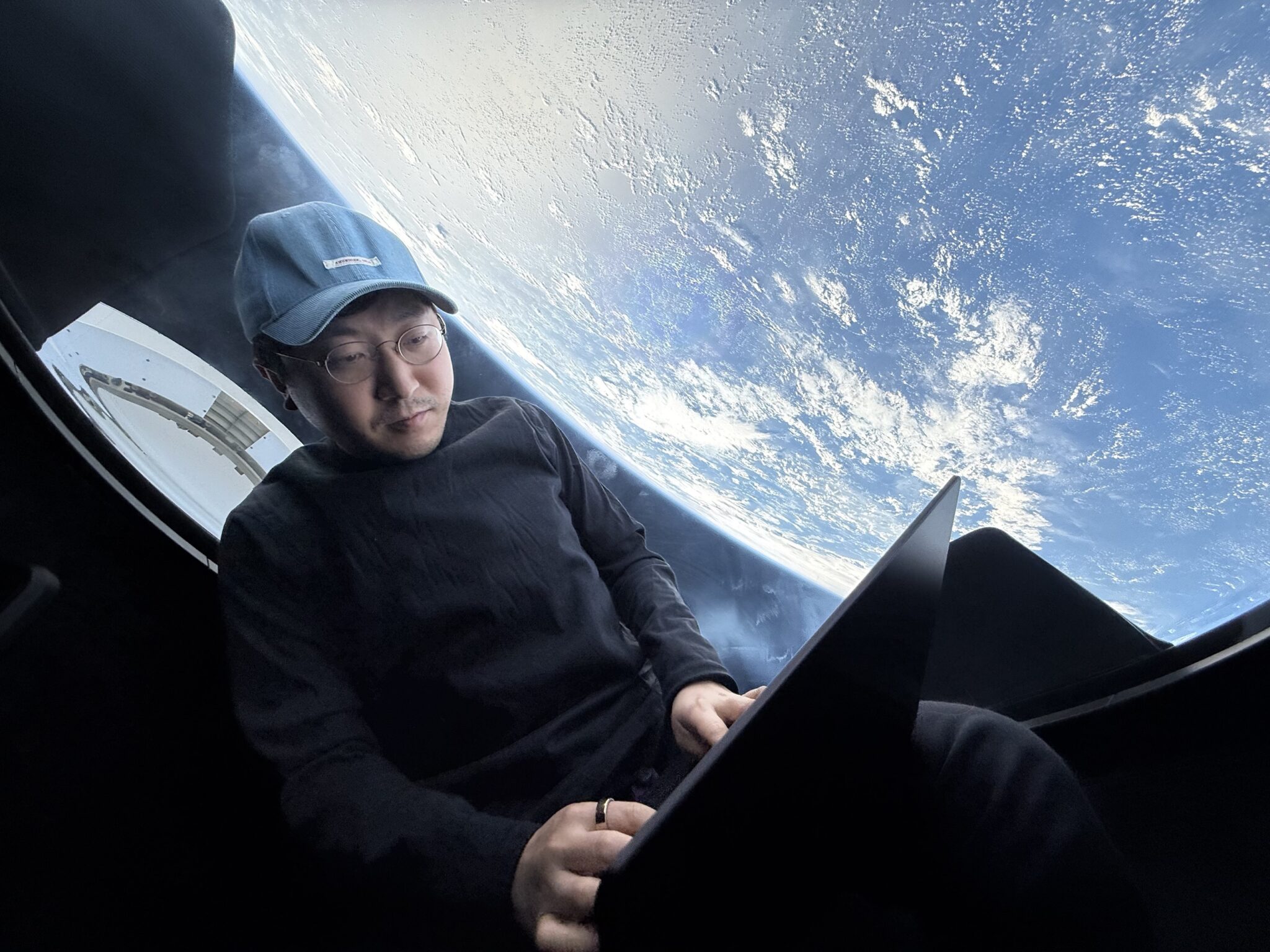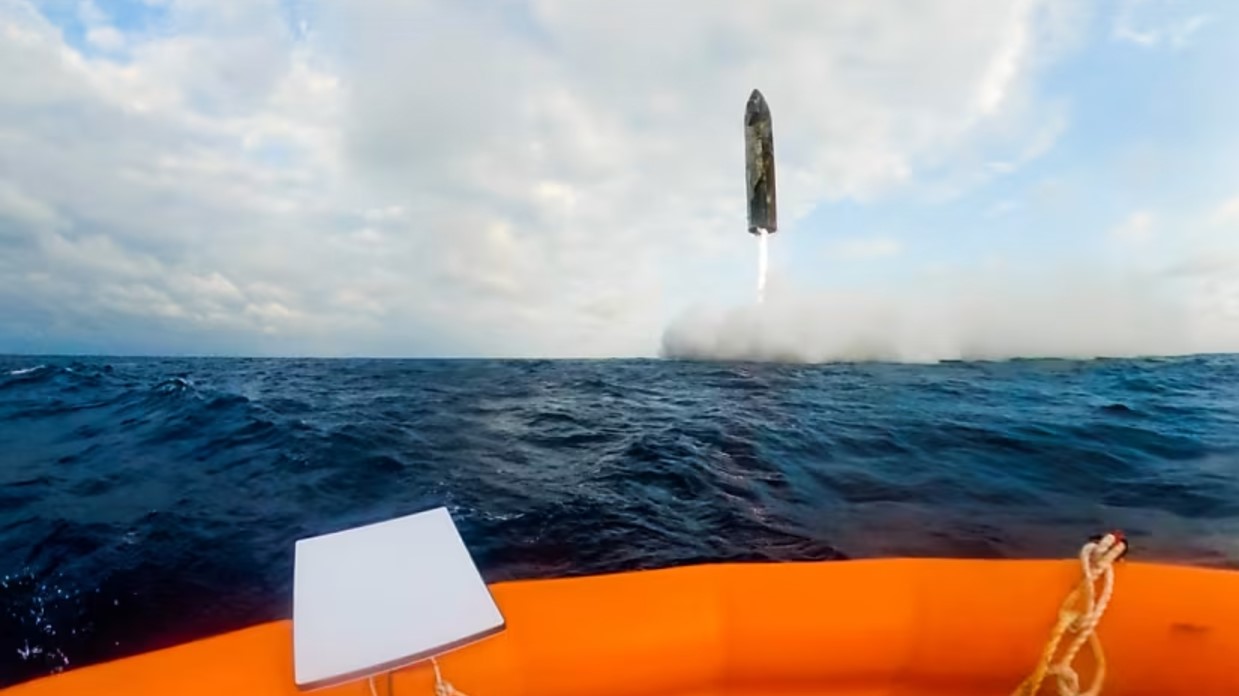The Virgin Galactic suborbital launch operation is gathering steam as it launches its second passenger flight. The suborbital SpaceShipTwo VSS Unity space plane was carried into the air by the WhiteKnightTwo carrier aircraft Eve from Spaceport America at 1429 GMT on 10 August 2023. The aircraft/spaceplane combination then flew to its specified altitude of 44,300 feet before making the air-drop at 1517 GMT. The hybrid rocket ignited and blasted the VSS Unity on its climb to a parabolic apogee of 88.5 km for a short weightless period. Aboard were three Virgin Galactic crew and three passengers.
The crew aboard were CJ Sturckow (Commander) and Kelly Latimer (pilot) with astronaut trainer Beth Moses as cabin crew. The passengers/participants were: former 1972 Olympics canoeist competitor, Jon Goodwin, 80, who is now a Parkinson’s Disease sufferer, and Keisha Schahaff, 46, and her daughter Anastatia Mayers, 18, from Antigua and Barbuda, who became the youngest ever person to fly to the edge of space. Both mother and daughter won their rides via a lottery. Once the participants were back in their seats, the wing pivoted to its feathered re-entry position, before re-attaching itself to its correct position for landing at 1532 GMT back at the launch site in New Mexico.
This flight dubbed Galactic 02 was the second commercial mission (the first was in June for the Italian military) but is regarded as the first “space tourist” flight for Virgin Galactic.

VSS Unity returns to Earth after its suborbital flight on 10 August 2010. Courtesy: Virgin Galactic
Comment by David Todd: Some praised Virgin Galactic for this first first space tourist flight. However, what should be noted is that Virgin Galactic spent over US$1.3 billion on development of SpaceShipTwo. At the current SpaceShipTwo seat price of US$450K (more than double the original price), if we assume that the company makes circa US$1 million per flight in net revenues, then it will take 1,300 flights to pay this development cost off. No chance! In hindsight, what Virgin Orbit should have done was to operate (profitably) the much smaller and Karman-line capable SpaceShipOne which had already been built to win the Ansari X-prize (the Karman line is the 100 km altitude which is the official border of space) .
As it is, Virgin Galactic now has a backlog of bookings to work through, with many seats booked at the original lower price. Virgin Galactic also has a very effective suborbital spaceflight competitor in the form of Blue Origin whose Shepard vehicle, unlike the SpaceShipTwo, does actually breach the Karman line.
So will Virgin Galactic eventually fold? Probably not for a while. Unlike its now failed sibling Virgin Orbit, Virgin Galactic has a cash pile from all its previous bookings, some made over ten years ago, plus any interest accrued. However, eventually even this cash pile will run out if it is not significantly added to. That said, like the Concorde supersonic airliner, Virgin Galactic’s SpaceShipTwo could probably be operated profitably. But only if its development costs are written off.









